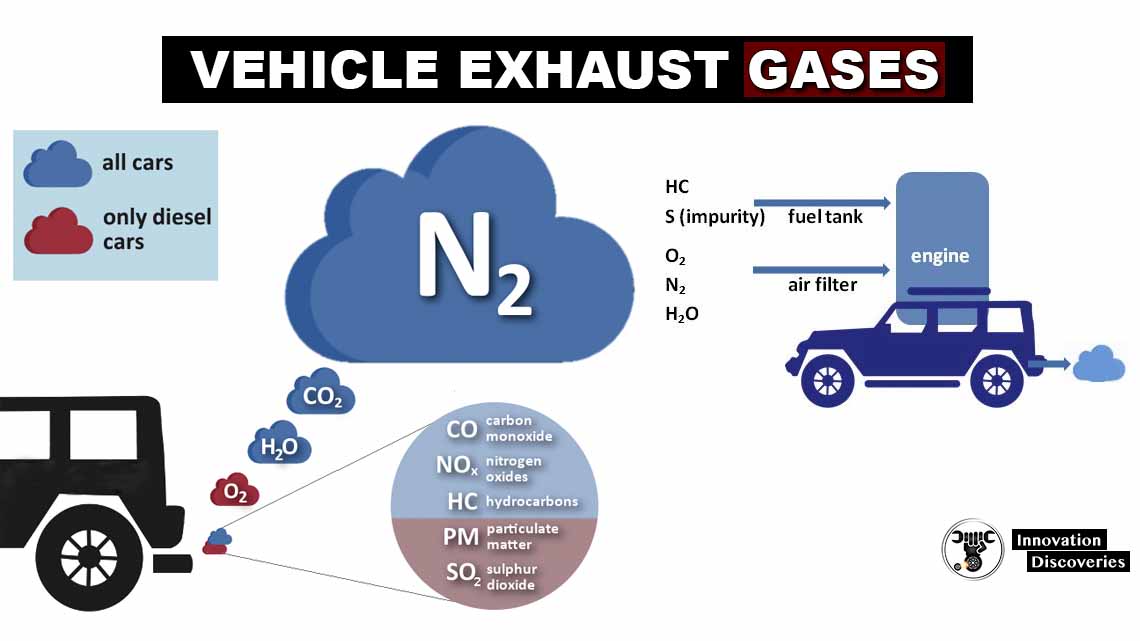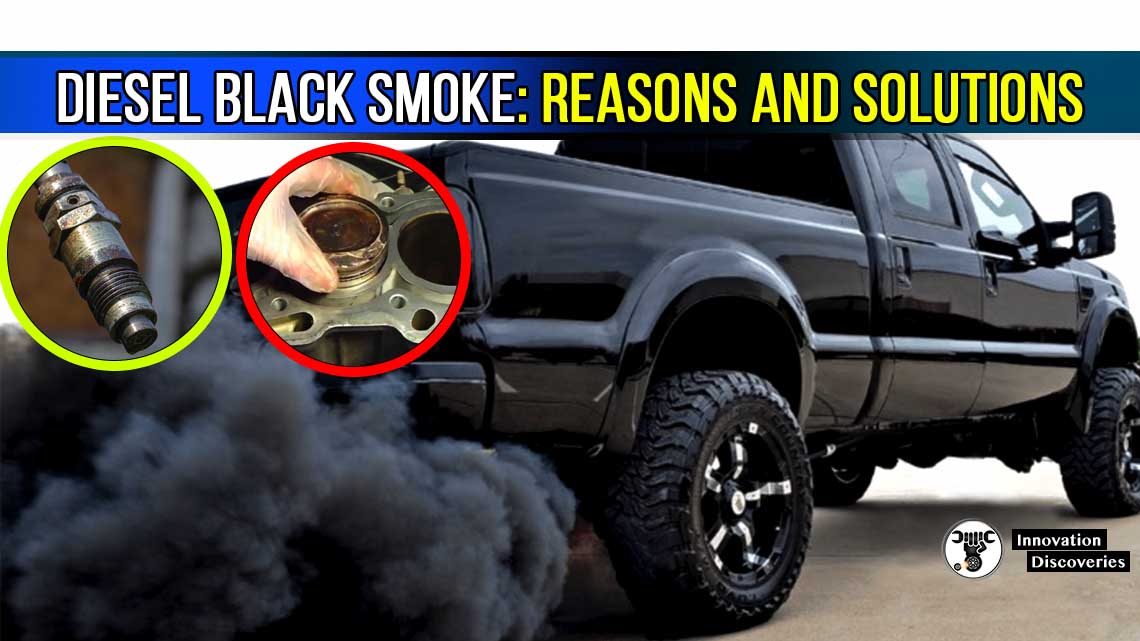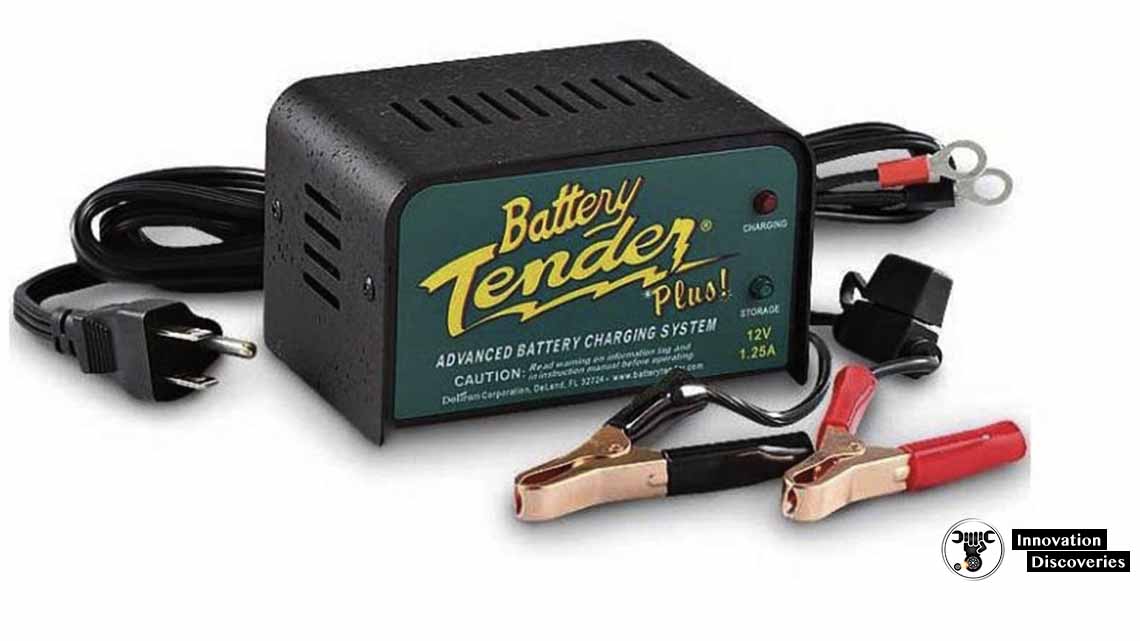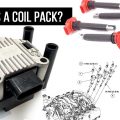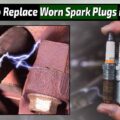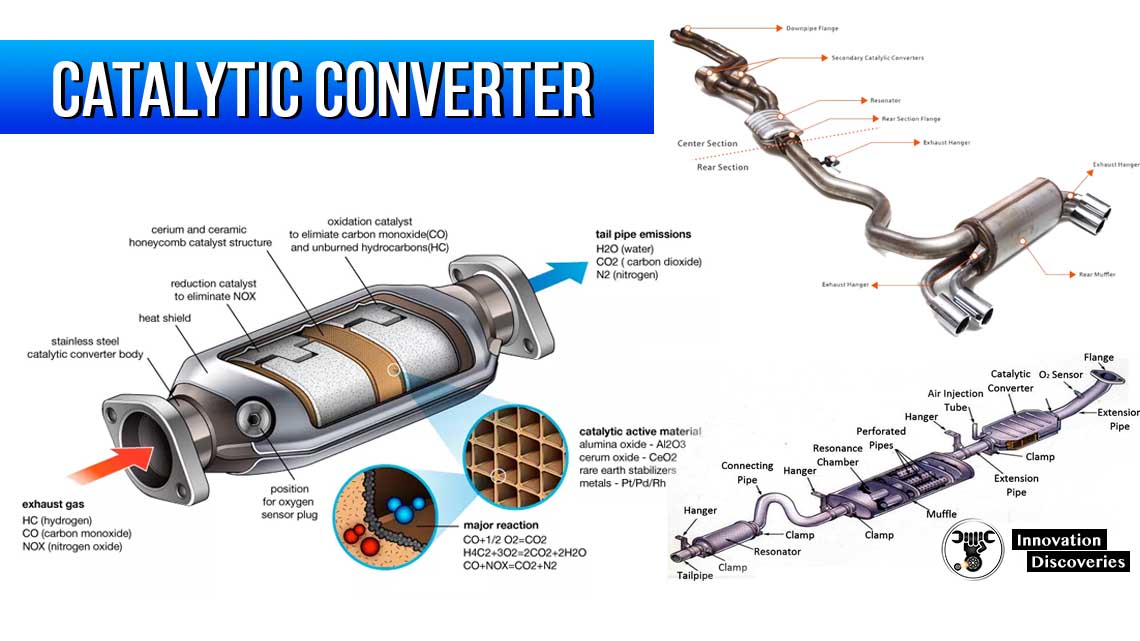
How does a catalytic converter work?
Since 1975, every vehicle produced the is required to have a catalytic converter.
A catalytic converter is responsible for controlling harmful emissions from your vehicle.
It is located on the bottom of your vehicle, just behind your engine.
Breaking down its name, we can analyze exactly what its function is.
Catalytic converters contain substances or compounds such as platinum, rhodium, or palladium that act as catalysts and converters.
EXPLAINED DTC: P0446 EVAPORATIVE EMISSION CONTROL SYSTEM VENT CONTROL CIRCUIT MALFUNCTION
FUEL SYSTEM: COMPONENTS, WORKING PRINCIPLES, SYMPTOMS AND EMISSION CONTROLS
THIS OLYMPIC SWIMMER RUN IN THE EMISSIONS OF THIS FUEL CELL CAR | INNOVATION DISCOVERIES
The compounds act as catalysts because they cause a chemical reaction to occur, but they don’t change their original form.
The compounds also act as converters because they react with and convert harmful gases such as carbon monoxide, hydrocarbons, and nitrogen oxides produced by your engine.
This conversion into less harmful gases occurs before they travel out your exhaust system and into the air.
Catalytic converters contain honeycomb (covered with tiny pores) structures that are coated with platinum, rhodium, or palladium depending on the catalyst stage.
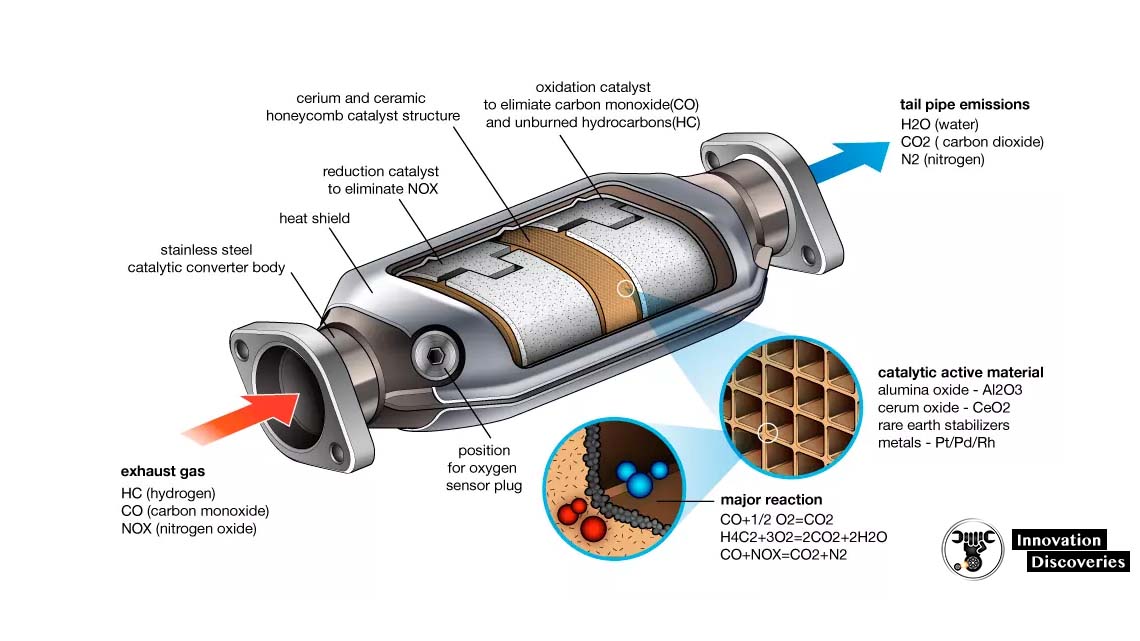
Exhaust emissions from the engine will travel through the coated honeycomb structures and react with the compounds.
There are two different catalyst stages that emissions will travel through: a reduction catalyst and an oxidation catalyst.
During the first catalyst stage (the reduction catalyst), nitrogen oxides react with a platinum and rhodium coated honeycomb structure.
When these harmful nitrogen oxides react with the catalysts (platinum and rhodium), the catalysts remove the nitrogen molecule, hold onto it, and release the oxygen molecules.
Also, Read: SYMPTOMS OF AN EXHAUST LEAK
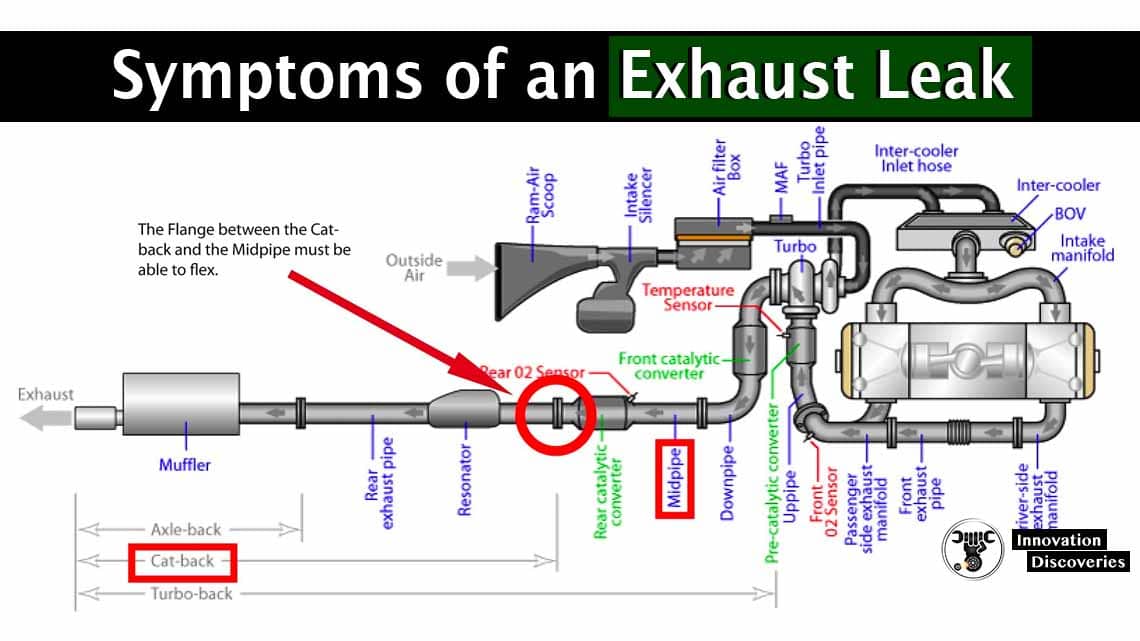
Then, the nitrogen molecules left over will join with other nitrogen molecules and exit through the exhaust system.
During this stage, harmful nitrogen oxide gases are converted into harmless oxygen and nitrogen gases.
During the second catalyst stage (the oxidation catalyst), carbon monoxide and hydrocarbons are oxidized.
This means that oxygen molecules will react with the carbon monoxide and hydrocarbon molecules.
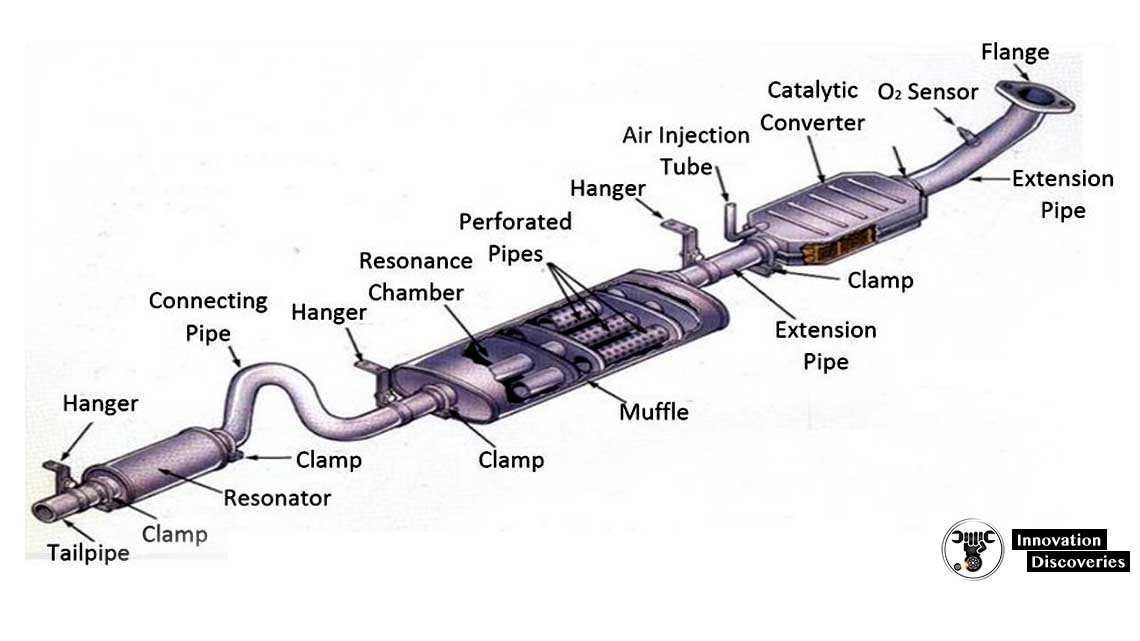
These substances pass through a block of platinum and palladium-coated honeycomb structure, which acts as a catalyst and aids in the reaction.
During this stage, very harmful carbon monoxide and hydrocarbon gases are converted into less harmful carbon dioxide gases and water vapours.
Read: DIRECT INJECTION CARBON BUILD UP: SYMPTOMS AND PREVENTIVE MEASURES
Catalytic converters also work hand-in-hand with a control system.
This control system controls the fuel injection system and monitors the emissions leaving the engine before they enter the catalytic converter.
It also contains an oxygen sensor, which detects how much oxygen is entering the exhaust system.
Read: OXYGEN SENSORS /LAMBDA SENSOR/: PARTS, TYPES, WORKING PRINCIPLE AND LOCATION
The oxygen sensor monitors the amount of oxygen and will tell the fuel injection system to increase or decrease the amount of oxygen used in the fuel/air mixture used to power the engine.
HOW DOES NITRO BOOST (NITROUS OXIDE) WORK?
The sensor also makes sure there is enough oxygen in the exhaust system to be used by the catalytic converter in the oxidation catalyst stage.
Read More: EXHAUST GAS RECIRCULATION (EGR)
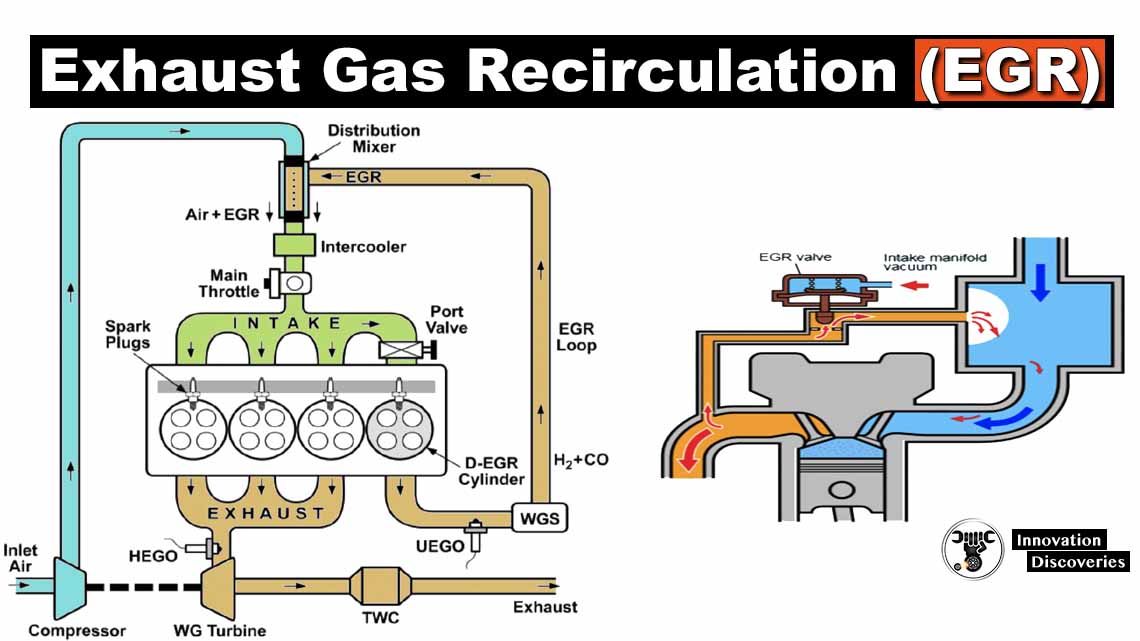
Why should you replace your catalytic converter?
Catalytic converters are a very important part of your vehicle’s exhaust system.
They are responsible for controlling emissions and protecting passengers.
If you didn’t have a catalytic converter or if it fails, your vehicle can release very harmful gases.
Your exhaust system can release carbon monoxide, which is an odourless, poisonous gas that can be deadly; hydrocarbons, which are a major contributor to smog; and nitrogen oxides, which are contributors to smog as well as acid rain.
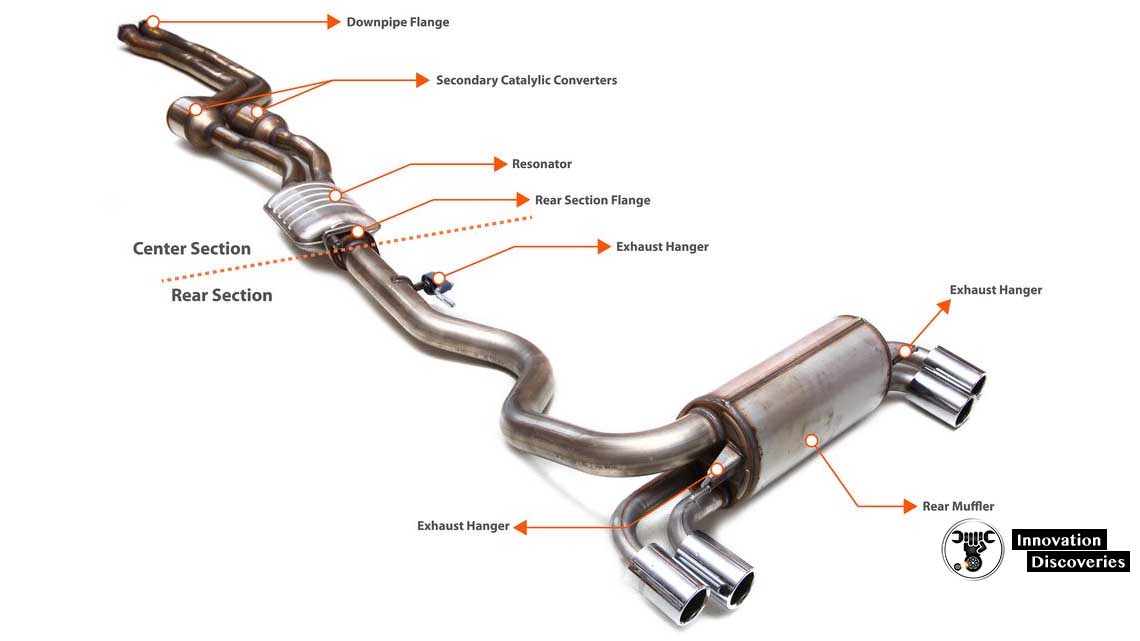
When should you replace your catalytic converter?
Several things can affect the performance of your catalytic converter.
First, your oxygen sensor can fail to cause a poor fuel/air mixture, which will lead to either too much or not enough oxygen entering your exhaust system.
If there isn’t enough oxygen entering the catalytic converter, then there won’t be enough oxygen available to react with carbon monoxide and hydrocarbons during the oxidation catalyst stage, but if there is too much oxygen entering the converter, the converter will quickly overheat, melt, and clog.
Read: VEHICLE EXHAUST GASES
If your engine is leaking oil or other engine fluids, these fluids can enter the converter and clog it.
Bad spark plugs or damaged exhaust valves can also destroy a catalytic converter.
It is important to keep your engine and fuel injection system in good working condition.
There are a few things you can look for to determine if you have a damaged or clogged catalytic converter.
If you don’t accelerate or drive any faster when you step on your gas pedal, your converter may be clogged.
Read More:
- EXHAUST SMOKE: TYPES (BLACK, WHITE, AND BLUE) AND CAUSES
- USING EXHAUST WATER TO MAKE MORE HORSEPOWER!
You will also experience a noticeable drop in gas mileage and possible stalling.
However, if your converter is completely clogged, your engine will quickly fail because of all of the exhaust backpressure.
If you are experiencing any of these problems and suspect a damaged catalytic converter, you should take your vehicle to a trained technician and have him/her inspect it, as well as the rest of your exhaust system.
A technician can remove your oxygen sensor to see if there is any change in your vehicle’s performance or emissions.
He can also use a vacuum gauge to determine if your converter is clogged.
If the converter fails these tests, then it is necessary to have it replaced to restore your vehicle’s performance and emission control.
Also, read: DIESEL BLACK SMOKE: REASONS AND SOLUTIONS
GLOW PLUG CONTROL MODULES AND HOW TO TEST GLOW PLUGS
SPARK PLUGS AND GLOW PLUGS: WHAT’S THE DIFFERENCE?
Diesel Particulate Filter
Visit Forum
Visit Our Friendly Website


